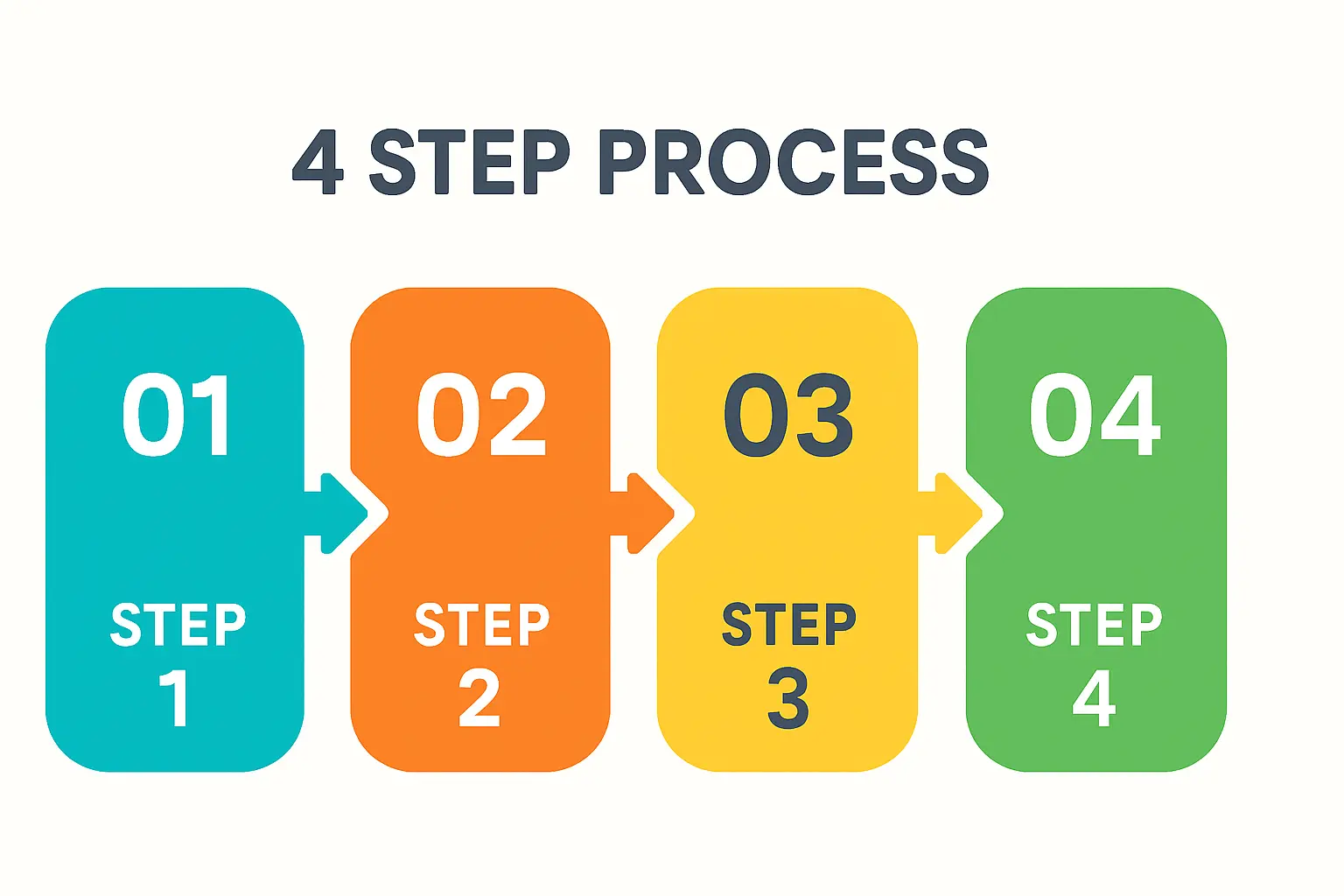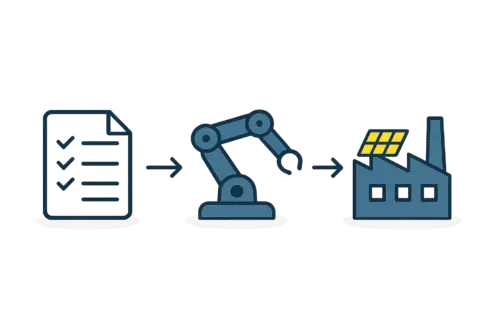Entrepreneurs considering a new venture often look for a gap in the market. In the Pacific Islands, this gap is not just an economic opportunity but a strategic necessity. For decades, island nations have been almost entirely dependent on imported diesel fuel for power generation, creating deep economic and logistical vulnerabilities.
A solar module assembly plant in Nauru presents a compelling solution, but its success hinges on one critical question: who will purchase the modules?
This analysis explores the market feasibility for a Nauru-based solar assembly operation, identifying potential local and regional customers—known as off-takers—and examining the demand drivers, competitive environment, and unique advantages of a manufacturing presence in the Pacific. Understanding these dynamics is the first step toward building a resilient and profitable enterprise.
The Strategic Case for Local Assembly in the Pacific
The business environment for renewable energy in the Pacific is shaped by a unique mix of economic, political, and environmental factors. For an investor, these are not challenges but foundational market drivers.
Overcoming Energy Dependency
Most Pacific Island nations rely heavily on diesel generators, a dependency that exposes them to volatile global fuel prices and complex supply chains. As a result, their cost of electricity is among the highest in the world.
This high baseline makes solar power an economically attractive alternative. Local assembly can enhance this advantage by reducing the logistical costs of importing finished modules from Asia.

Government and International Commitments
There is strong political will to transition to renewable energy. Many nations have established ambitious targets, often with significant financial backing from international bodies.
- Nauru: The country has a standing commitment to increase its use of renewable energy, a goal historically supported by institutions like the Asian Development Bank (ADB). This signals a stable, long-term policy direction favoring solar projects.
- Regional Targets: Neighboring countries have set even more ambitious goals. Tuvalu aims for 100% renewable energy, while the Marshall Islands has targeted 100% by 2050. These commitments create predictable, long-term demand for solar modules across the region.
- Donor Funding: The World Bank, Green Climate Fund, and other international development organizations are actively financing large-scale renewable energy projects. A local assembly plant can position itself as a key supplier for these well-funded initiatives.
Analyzing the Domestic Market in Nauru
While regional export is a primary goal, the local Nauru market provides a crucial, accessible foundation for a new assembly plant.
Government-Led Projects
The Government of Nauru stands out as the most significant potential off-taker. Public infrastructure projects—powering government buildings, schools, hospitals, and water desalination plants—represent a consistent source of demand. A local manufacturer can offer the government faster deployment, customized modules, and the ability to contribute directly to the national economy—a powerful selling proposition.
Ready to make big Profits?
The solar Industry is Booming
WE HELP NEWCOMERS to the solar industry start their own solar module production line. Customers can make BIG PROFITS by selling modules and finding investors, without wasting money and time on things they don't need!
Commercial and Industrial Sector
Businesses in Nauru face the same high electricity costs as the public sector. Large commercial consumers, such as hotels, processing plants, and the country’s port authority, are prime candidates for solar installations to reduce their operational expenses. A local supplier can provide tailored solutions and on-the-ground support that distant international firms cannot match.
Residential Solar
While individual residential projects are small, a government-supported program to equip homes with solar panels could create substantial aggregate demand. A Nauru-based plant could supply standardized kits for such a program, simplifying logistics and lowering costs.
Export Potential: Serving Neighboring Pacific Island Nations
The true scale of the opportunity lies in exporting to nearby island nations. For entrepreneurs considering how to start a solar module assembly plant, the regional market is the key to achieving economies of scale.

Key Regional Markets
- Kiribati: With a large population spread across low-lying atolls, Kiribati is heavily invested in solar for climate resilience and energy security. Its proximity to Nauru makes it a logical export market.
- Marshall Islands: The nation’s 100% renewable energy target by 2050 necessitates extensive solar deployment. A Pacific-based supplier could be a preferred partner for projects funded by international climate finance.
- Tuvalu: Similar to Kiribati, Tuvalu’s 100% renewable energy goal creates a clear and urgent demand for solar modules.
The Regional Competitive Advantage
A Nauru-based assembly plant offers distinct advantages over established Asian competitors:
- Reduced Logistics Costs: Shipping from Nauru to neighboring islands is more direct and potentially cheaper than from major Asian ports, especially for smaller or medium-sized orders.
- Faster Delivery Times: Shorter shipping distances mean shorter lead times, a critical factor for project developers working on tight schedules.
- ‘Made in the Pacific’ Branding: There is a growing emphasis on regional cooperation and local economic development. Modules assembled in Nauru would carry a powerful brand identity, appealing to governments and development agencies that want to invest within the Pacific community.
- Customization: A local plant can offer modules specifically designed for the harsh marine environment, such as those with enhanced protection against salt mist corrosion—a common issue for standard modules in the region.
Understanding the Competitive and Supply Chain Landscape
Success requires a clear-eyed view of the competition and a robust supply chain strategy.
The Competitive Environment
The market is currently dominated by large-volume manufacturers from China and Southeast Asia. Competing solely on price per watt is not a viable strategy. Instead, a Nauru-based operation’s competitive edge will come from:
- Total Landed Cost: Including shipping, insurance, and import duties.
- Speed and Reliability: Offering faster and more dependable delivery.
- Service and Support: Providing local expertise and after-sales service.
- Regional Alignment: Positioning the business as a partner in Pacific development.
Supply Chain Considerations
The assembly plant will need to import raw materials like solar cells, glass, and aluminum frames. Establishing reliable supply chains for these components is crucial. The overall business model depends on transforming these globally sourced materials into a locally assembled product with a distinct regional market advantage.




